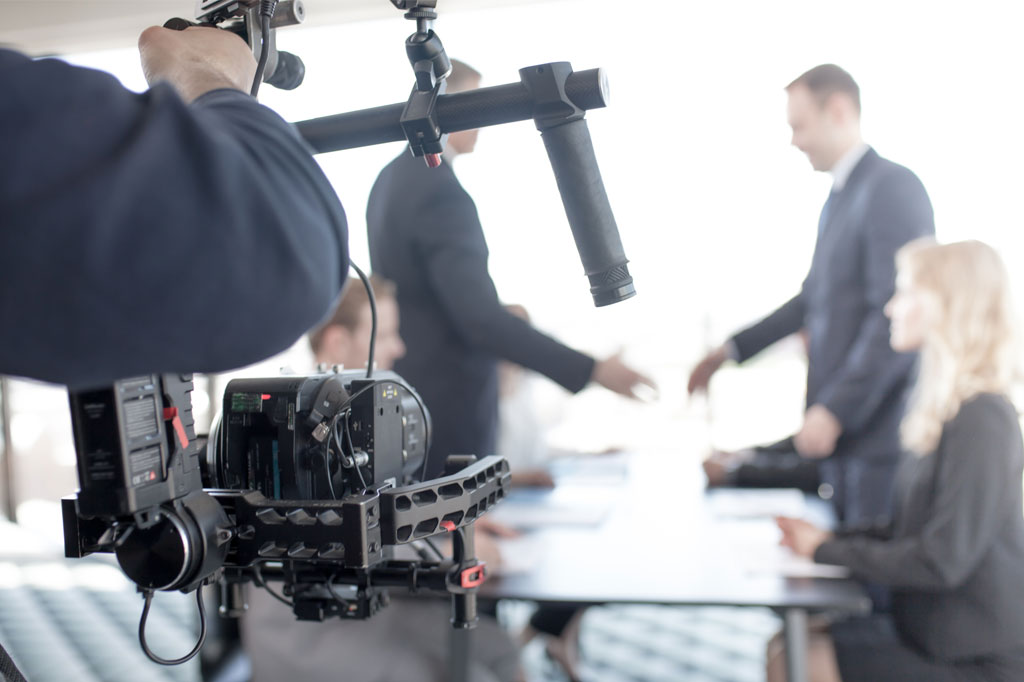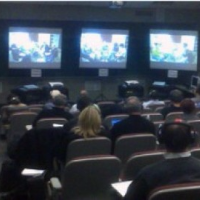Why Legal Videography Is Crucial for Accurate Court Recordings
The role of legal videography in court room settings can not be overemphasized, as it serves as an essential tool for preserving the stability of court records. The effects of incorporating lawful videography into standard courtroom methods elevate crucial inquiries regarding its wider influence on the lawful system.
Significance of Visual Proof
In the world of legal proceedings, the relevance of aesthetic evidence can not be overstated. Aesthetic proof works as an effective tool in developing facts, affirming testimonies, and enhancing the overall quality of a situation. This kind of proof, which includes photos, videos, and representations, can give a concrete context that spoken summaries frequently do not have, thereby using courts and courts a clearer understanding of the conditions surrounding an instance.
Additionally, aesthetic proof aids in the retention of details. Human cognition is inherently aesthetic, and people are most likely to bear in mind and comprehend details presented in a visual format. In the courtroom, this can be essential, as engaging visual proof can sway opinions and strengthen the narrative presented by legal representatives.
In addition, using visual evidence can decrease misunderstandings and ambiguities that usually emerge from verbal exchanges. By providing a direct representation of events, visual proof assists to remove subjective analyses and promotes a more objective exam of the facts. As a result, the assimilation of aesthetic proof into lawful proceedings not just strengthens the stability of the judicial process but likewise boosts the likelihood of attaining a simply outcome.
Capturing Non-Verbal Cues
Making use of advanced videography strategies can substantially boost the capture of non-verbal hints during lawful procedures. Non-verbal interaction, including face expressions, body language, and eye call, plays a crucial duty in communicating emotions and objectives that might not be clearly mentioned in spoken statement. legal videography. Lawful videography uses high-definition video cameras and tactical angles to make certain that these subtle hints are videotaped with clarity and precision
The ability to evaluate non-verbal behavior can provide important context to statements made throughout court sessions. For instance, a witness's reluctance or self-confidence can be translated via their posture or motions, possibly affecting the jury's assumption of integrity. In addition, the usage of close-up shots can help concentrate on a speaker's expressions, permitting a much more nuanced understanding of the statement.
Additionally, integrating several video camera angles can produce a comprehensive sight of interactions, highlighting dynamics between parties included. This complex approach not just boosts the accuracy of the court record yet also help in maintaining the stability of the judicial process - legal videography. Ultimately, recording non-verbal cues through legal videography cultivates a richer, much more complete depiction of court room process

Enhancing Testimony Integrity
The reliability of testament can be dramatically reinforced with making use of top quality lawful videography. Video clip recordings work as an unbiased medium that captures not just the talked words of witnesses yet also the nuances of their distribution, consisting of tone, pacing, and emotional expressiveness. This multifaceted documents gives a clearer understanding of the witness's reputation and intents, which can be critical in lawful procedures.
Additionally, legal videography decreases the potential for misconceptions that might occur from created records alone. When jurors can visit their website observe a witness's attitude and body movement together with their testimony, they are much better furnished to examine the authenticity and reliability of the evidence offered. This visual context can enhance the testimonial story, making it more engaging and reputable.
Furthermore, the visibility of a video recording can deter potential disparities in testament. Witnesses might be a lot more cautious in their statements when they know they are being tape-recorded, causing even more exact and truthful accounts. On the whole, high-quality lawful videography enhances the honesty of testament, making sure that the court has accessibility to a complete and sincere representation of the realities as shared by the witnesses.
Sustaining Appeals and Reviews
Legal videography plays an important function in sustaining charms and testimonials by offering an extensive aesthetic document of courtroom process. This aesthetic documents captures not only the spoken words of witnesses and attorneys but also the nuances of body language, intonation, and court room characteristics. Such elements can be crucial in comprehending the context of testimonies and disagreements offered.
In the appellate procedure, where the emphasis gets on errors of law and step-by-step justness, a video clip record can work as an important device for appellate courts. It makes it possible for judges to review the original trial context, making certain that decisions are based upon a complete understanding of the procedures. The ability to visually analyze the demeanor of witnesses or the communications in between celebrations can expose understandings that created transcripts might ignore.

Furthermore, lawful videography can help in clarifying uncertainties in testaments or procedural judgments, therefore enhancing the basis for an allure. By providing a dependable, unbiased account of what my latest blog post taken place in court, legal videography not only sustains the integrity of the legal procedure yet likewise encourages all celebrations included to make informed choices regarding their instances.
Enhancing Court Room Processes
Enhancing courtroom performance, legal videography streamlines procedures by offering prompt accessibility to visual records of proceedings. This technology permits judges, attorneys, and courts to take another look at essential statement and evidence, ensuring that all events have a clear understanding of the case. By capturing the subtleties of verbal and non-verbal interaction, videography improves the record, making it easier to understand the context and weight of testimonies.

In addition, video recordings can facilitate remote involvement in hearings, enabling for greater versatility in scheduling and participation, which is particularly valuable in complicated cases involving several stakeholders.
Verdict
Finally, legal videography plays an important role in making certain accurate court recordings by offering important visual evidence that catches both verbal and non-verbal communication. This practice improves the integrity of testimonies, sustains appellate evaluations, and simplifies court procedures. By fostering a detailed understanding of courtroom dynamics, legal videography inevitably contributes to a lot more fair judicial outcomes, reinforcing the stability of the lawful system and facilitating informed decision-making.
Comments on “How Legal Videography Improves the Reliability of Legal Proceedings”